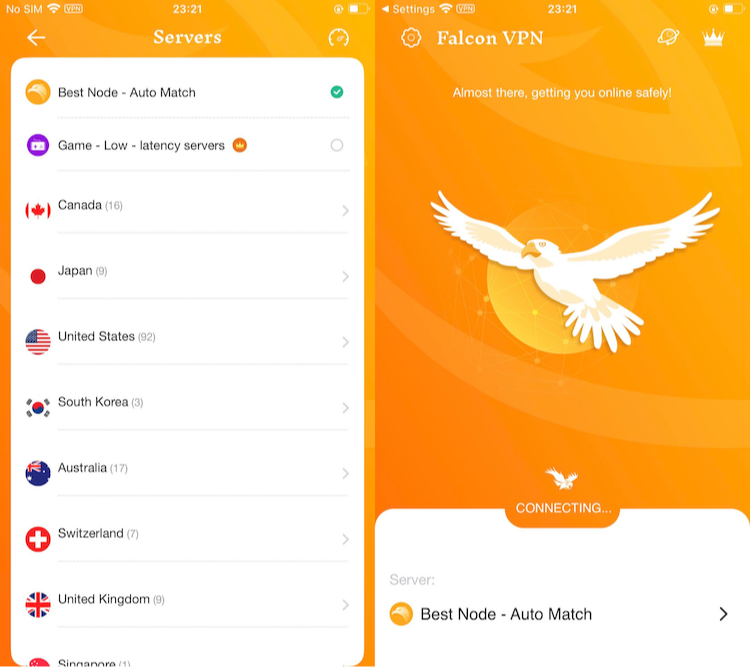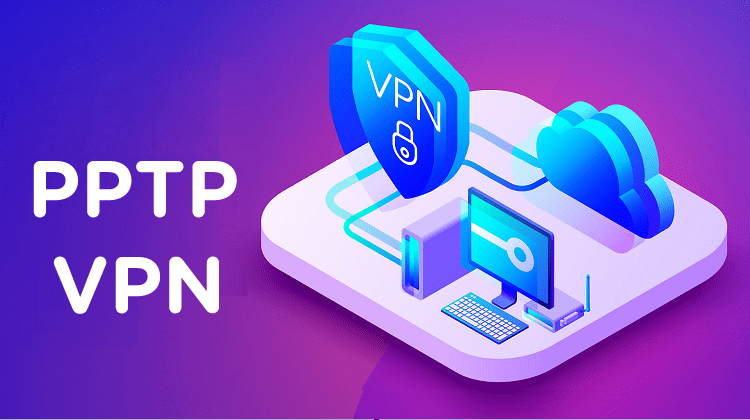You’re curious and wondering, what is PPTP? If you’re searching for the basics of VPN technology, you’ll keep running into these three letters. What is PPTP, exactly? The acronym stands for the Point-to-Point Tunneling Protocol, one of the very first tools specifically designed to set up secure, virtual private networks (VPNs). However, as Wikipedia notes, “PPTP has many well known security issues” and “does not describe encryption or authentication features,” making it largely obsolete today.
What is PPTP used for? It surfaced in 1999 when Microsoft needed an accessible way to encrypt communication online. To answer "what is PPTP" in one line: it allows you to create encrypted tunnels to send information safely between devices—even over public connections.
What is PPTP Protocol Definition? A Simple Breakdown
At its core, the PPTP protocol definition is about creating a private tunnel across a public network. The point to point tunnel starts with two endpoints (often your device and the VPN server), enabling traffic to pass securely. What is PPTP offering in this setup? It brings together authentication, tunnel construction, and data encryption, making virtual private networking user-friendly and accessible.
Key Concepts of PPTP Protocol:
-
Authentication: Validates the user trying to connect.
-
Tunnel Creation: Establishes a secure path through the internet.
-
Data Encryption: Ensures privacy of the data in transit.
How Does PPTP Work?
Understanding what is PPTP means digging into how it operates. Picture this:
Tunnel Creation Process:
-
Tunnel Creation: The point to point tunnel forms between your device and the VPN server.
-
Data Wrapping: All your internet packets get wrapped in an extra IP envelope before transmission.
-
Decryption at the End: The receiving server removes the envelope, decrypts your data, and passes it along.
PPTP’s Two Data Flows:
-
Control messages: Manage the starting and ending of the tunnel.
-
Data packets: Secure your actual internet traffic.
PPTP Port and Compatibility
You may be asking, what is PPTP port? PPTP typically uses TCP port 1723, but because it doesn’t have rigid standardization across networks, firewalls sometimes block it.
Compatibility Benefits:
-
Windows
-
macOS
-
Linux
-
iOS
-
Android
Quick Tip: If you’re searching for a Free iPhone VPN or Free VPN for Android, many services support PPTP—but always check compatibility lists before making your pick.
PPTP Advantages
When you investigate what is PPTP most appreciated for, several points emerge:
Benefits Table
| Feature | Advantage |
|---|---|
| Simplicity | Easy to set up |
| Speed | Minimal encryption means low lag |
| Compatibility | Works on nearly all OS |
The Disadvantages of PPTP
But what is PPTP lacking? Modern security demands are tough, and PPTP hasn't kept up.
Consider These Limitations:
-
Weak Security: Outdated encryption (MPPE) and short keys are vulnerable.
-
Shaky Authentication: Relies on MS-CHAP with known flaws.
-
Firewall Challenges: Inconsistent PPTP port handling causes issues.
-
Easy to Block: Traffic is easily detected and blocked by ISPs.
What is PPTP? Understanding PPTP Passthrough, Protocols, and Security
Curious about VPN connections and wondering, what is PPTP? Let's break it down in a way that's informative, approachable, and practical.
What is PPTP Passthrough?
PPTP passthrough is a router setting that allows PPTP VPN traffic to flow through NAT (Network Address Translation) devices that might otherwise block such connections.
Why is PPTP Passthrough Necessary?
-
Enables VPN traffic to cross firewalls by tagging it with a unique ID.
-
Mostly relevant for older routers or legacy VPNs using point to point tunnel and pptp port 1723.
-
New routers and protocols like OpenVPN or WireGuard usually don’t need this.
PPTP Protocol Definition vs Modern Protocols
Now, what is PPTP in terms of modern VPN standards? Is it still a good choice?
Technical Overview:
-
PPTP Port: Usually TCP 1723.
-
Point to Point Tunnel: Transfers encrypted traffic securely.
-
Security: Less secure than OpenVPN or IKEv2.
PPTP vs L2TP, OpenVPN, and IKEv2
How does PPTP stack up against its rivals? Here’s a side-by-side comparison to help you decide.
PPTP vs L2TP
| Feature | PPTP | L2TP |
| Encryption | 128-bit | No native encryption (uses IPsec) |
| Speed | Faster | Slower, more resource-intensive |
| Security | Has vulnerabilities | Safer when used with certificates |
| Stability | Sensitive to IP changes | Stable once connected |
| Setup | Very easy | Also easy |
PPTP vs OpenVPN
-
Encryption: PPTP (128-bit), OpenVPN (AES-256)
-
Speed: PPTP is faster due to lighter encryption
-
Security: OpenVPN is significantly safer
-
Stability: OpenVPN is more resilient to network changes
-
Setup: PPTP is simpler for beginners
PPTP vs IKEv2
-
Encryption: PPTP (128-bit) vs IKEv2 (AES-256)
-
Speed: PPTP often faster but riskier
-
Security: IKEv2 offers better encryption and resilience
-
Stability: IKEv2 is ideal for mobile use due to reconnection strength
Looking for a Safer Alternative to PPTP?
While PPTP is quick and easy to set up, it's no longer considered secure for protecting sensitive data. If you're looking for a modern VPN protocol with better encryption, faster connections, and cross-platform support, it’s worth trying a more reliable option.
Falcon VPN offers support for advanced protocols like OpenVPN and WireGuard, ensuring your data stays protected on any network—without the security risks of outdated technology like PPTP.
Here’s how to get started with Falcon VPN:

- Get the VPN App
Head over to FalconVPN and download the appropriate version for your device. - Complete Installation
Open the downloaded file and follow the prompts to install the VPN app on your device. - Open the VPN App
Launch the app after installation. Select your preferred server location. - Connect to Secure Your Internet
Hit the “Connect” button to encrypt your connection and protect your online activities.
Is PPTP Still Secure?
If you’re considering security for your VPN, here’s the honest answer: PPTP is convenient but doesn’t offer reliable protection anymore. Years of research have led to discoveries of major security holes—so much so that many VPN providers have moved on from PPTP in favor of stronger protocols.
Modern alternatives like OpenVPN, IKEv2, and WireGuard are more secure and designed to meet today’s standards. If you’re dealing with sensitive data or want peace of mind, consider upgrading to these.
FAQ: What is PPTP and How Does It Work?
What is PPTP used for in VPNs?
PPTP is used to establish encrypted tunnels between devices over the internet. It was one of the earliest VPN protocols and remains easy to set up.
What is PPTP port 1723 used for?
Port 1723 is the standard port used by PPTP to create VPN tunnels. However, it can be blocked by firewalls or ISPs due to its known vulnerabilities.
What is PPTP passthrough on my router?
PPTP passthrough is a setting that lets PPTP traffic pass through NAT-enabled routers. It’s crucial for older VPN protocols that struggle with NAT compatibility.
What are the differences in PPTP vs L2TP?
PPTP is faster but less secure. L2TP, especially when paired with IPsec, offers better security but may be slower and more complex to configure.
Is PPTP safe to use in 2025?
While it’s still functional, PPTP is not considered secure by today’s standards. It’s best used for speed over security or when compatibility is your main concern.
What is the point to point tunnel in VPNs?
A point to point tunnel connects your device to a VPN server using encrypted data packets. It ensures that your internet traffic is hidden from third parties.

John Miller is a tech enthusiast and online privacy advocate with over 8 years of experience in VPN and cybersecurity. He writes expert guides to help users navigate VPN options, enhance their online security, and protect their privacy on the internet.




